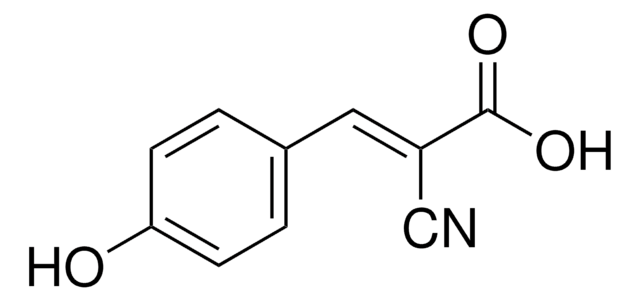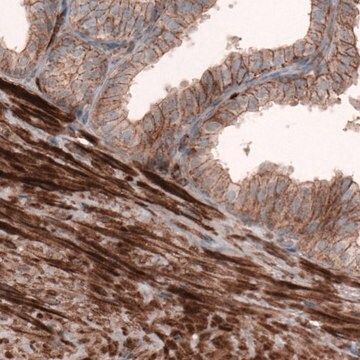ABT28
Anti-Autotaxin Antibody
from rabbit, purified by affinity chromatography
Synonym(s):
Ectonucleotide pyrophosphatase/phosphodiesterase family member 2, E-NPP 2, Autotaxin, Extracellular lysophospholipase D, LysoPLD
About This Item
Recommended Products
biological source
rabbit
Quality Level
antibody form
affinity isolated antibody
antibody product type
primary antibodies
clone
polyclonal
purified by
affinity chromatography
species reactivity
human
species reactivity (predicted by homology)
canine (based on 100% sequence homology), mouse (based on 100% sequence homology), bovine (based on 100% sequence homology), rat (based on 100% sequence homology)
technique(s)
immunohistochemistry: suitable (paraffin)
western blot: suitable
NCBI accession no.
UniProt accession no.
shipped in
wet ice
target post-translational modification
unmodified
Gene Information
human ... ENPP2(5168)
General description
Specificity
Immunogen
Application
Immunohistochemistry Analysis: A 1:400 dilution from a representative lot detected Autotaxin in human cerebral cortex and ductal carcinoma tissues.
Quality
Western Blot Analysis: 0.5 µg/mL of this antibody detected Autotaxin in 10 µg of oligodendrocyte precursor cell lysate. Western Blot performed without Tween.
Target description
3 isoforms are produced by alternative splicing with molecular weights of 99, 105, and 101 kDa The calculated molecular weight of this protein is 99 kDa, but can be observed at ~125 kDa due to high glycosylation. An uncharacterized band may appear at ~35 kDa in some lysates.
Analysis Note
Oligodendrocyte precursor cell lysate
Other Notes
Not finding the right product?
Try our Product Selector Tool.
Storage Class
12 - Non Combustible Liquids
wgk_germany
WGK 1
flash_point_f
Not applicable
flash_point_c
Not applicable
Certificates of Analysis (COA)
Search for Certificates of Analysis (COA) by entering the products Lot/Batch Number. Lot and Batch Numbers can be found on a product’s label following the words ‘Lot’ or ‘Batch’.
Already Own This Product?
Find documentation for the products that you have recently purchased in the Document Library.
Our team of scientists has experience in all areas of research including Life Science, Material Science, Chemical Synthesis, Chromatography, Analytical and many others.
Contact Technical Service








